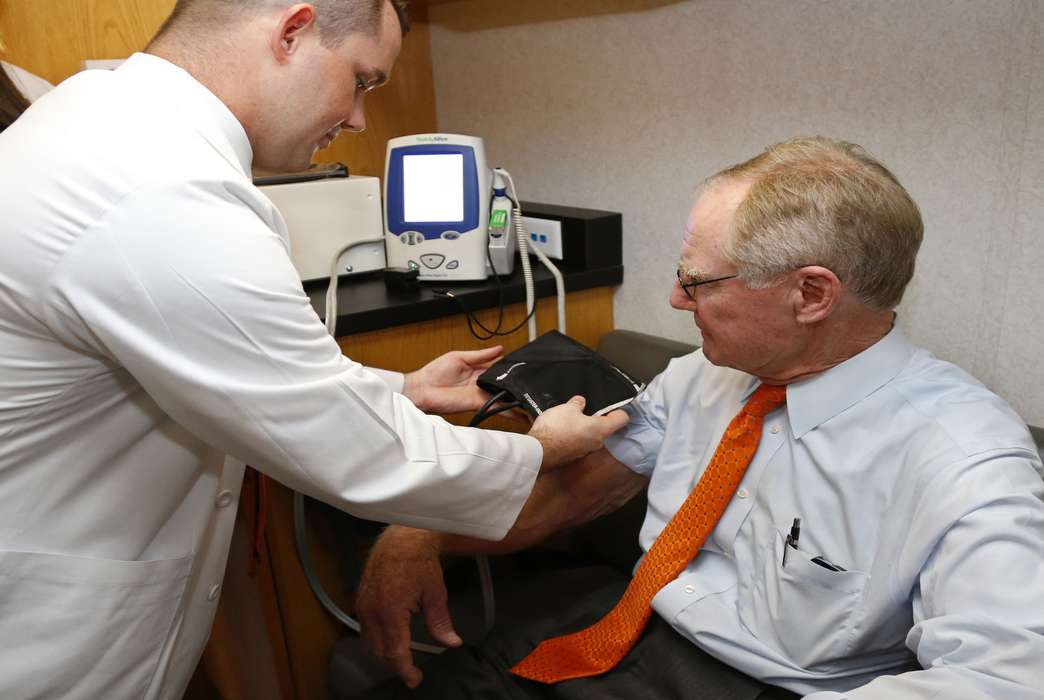Researchers come one step closer to ‘insulin in a pill’
A longtime dream of many diabetics tired of needles is one step closer. (Trabolsi Research Group)
By using nanomaterial layers to package insulin, researchers have developed a stable and effective method for administering the hormone orally to rats without subjecting it to destruction by stomach acids, solving a long-time problem in pharmaceutical science.
The system, described in a study published April 6 in Chemical Science, could replace traditional subcutaneous administration of insulin for patients with diabetes. This would eliminate the need for self-injection and make treatment more accessible.
"Imagine being able to take insulin in a pill instead of injecting it a couple of times a day," said first author Farah Benyettou, a research scientist in the Trabolsi Research Group at New York University Abu Dhabi. "The insulin was loaded in a system that protects it from the acidic environment of the stomach. Once in the body, the system can sense the sugar blood level and can release the loaded insulin on demand."
Diabetes is the seventh-leading cause of death worldwide, and its prevalence has quadrupled in the past 40 years. Patients with Type 1 diabetes do not produce insulin at all, while those with Type 2 diabetes either do not produce enough insulin or their bodies fail to respond to the insulin produced by the body. In both cases, in the absence of insulin, the body is no longer able to break down sugar in the bloodstream, which can be fatal.
Insulin therapy is a life-changing intervention. And while about 30% of diabetes patients take insulin, many delay treatment because they fear self-injection. Research has documented this effect. A study from Diabetic Medicine found that about 30% of patients delay insulin treatment initially. Those who eventually do start often delay by two years or more.
An effective insulin pill could solve this problem.
"Our technology [has] the potential to enable the oral delivery of insulin in a safer, more effective and patient-friendly manner, easing the treatment burden that is limited to intravenous or subcutaneous delivery," said senior author Ali Trabolsi, an associate professor of chemistry at New York University Abu Dhabi.
But an insulin pill is somewhat of a holy grail of diabetic pharmaceuticals. Insulin is delicate, and it is easily destroyed by stomach acids, making it difficult to formulate it as a pill. There have been efforts to make an orally administered insulin treatment. Some have even been approved by the U.S. Food and Drug Administration. But a truly effective insulin pill has yet to emerge on the market.
"Despite clinical trials of several oral insulin formulations, sufficient commercial development has not been yet achieved," Trabolsi said.
The problem that these systems encounter is the delivery mechanism, or how the insulin enters the blood. The system must protect the insulin while still allowing it to be administered where needed. It was this piece of the puzzle that Trabolsi and his team aimed to solve.
They did so by sandwiching insulin between layers of nanomaterials that are resistant to stomach acid, but responsive to sugar.
"Our work overcomes insulin oral delivery barriers by using insulin-loaded nCOF nanoparticles, which exhibit insulin protection in the stomach, as well as a glucose-responsive release," Benyettou said. "This technology responds quickly to an elevation in blood sugar, but would promptly shut off to prevent insulin overdose and will dramatically improve the well-being of diabetic patients across the [United Arab Emirates] and worldwide."
The nanomaterials are durable enough to withstand digestion and ensure the treatment makes it to the rats' bloodstream. They are also capable of holding and packaging up to 65% of their own weight in insulin.
And because sugar itself triggers the release of insulin by the nanomaterials, the medicine and the body form a feedback loop that prevents overdosing, which can occur accidentally with injectable insulin.
While the treatment shows a lot of promise, the present study only describes its use on rats. The team will next work on refining the chemistry of their system by exploring and testing different types of nanoparticle.
However, the researchers are optimistic that in the future, their treatment will change the way diabetic patients approach their care.
"Our revolutionary technology developed at NYUAD will dramatically improve the well-being of diabetic patients worldwide in a very simple and straightforward way," Trabolsi said.
The study, "In vivo oral insulin delivery via covalent organic frameworks," published April 6 in Chemical Science, was authored by Farah Benyettou, Thirumurugan Prakasam, Gobinda Das, Sudhir Sharma, Sneha Ann Thomas, Jamie Whelan, Mostafa Khair, Renu Pasricha, Ramesh Jagannathan and Ali Trabolsi, New York University Abu Dhabi; Nawell Kaddour, Fadia Bekhti-Sari and Nassima Mokhtari-Soulimane, University of Tlemcen; Mohammed Alkhalifah and Hassan Traboulsi, King Faisal University; and Felipe Gándara, Materials Science Institute of Madrid.










